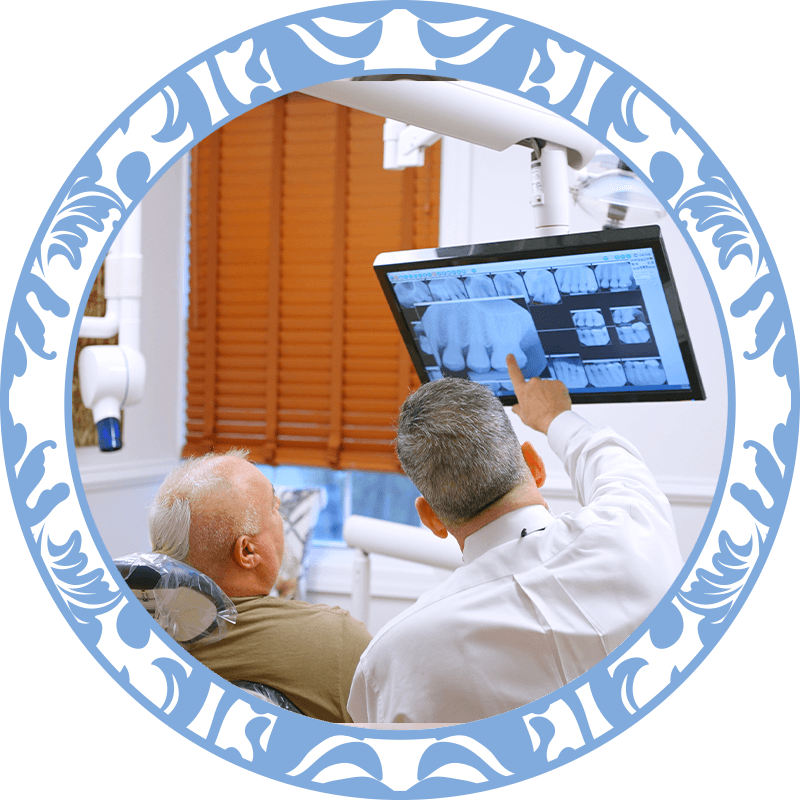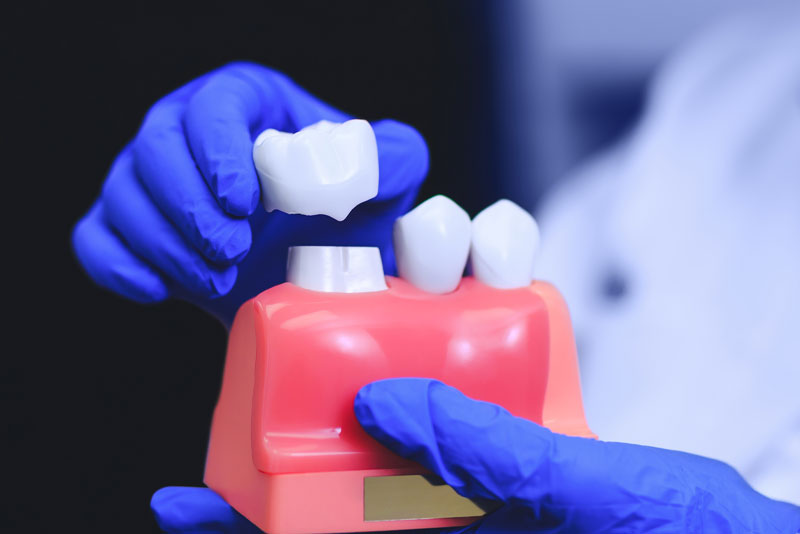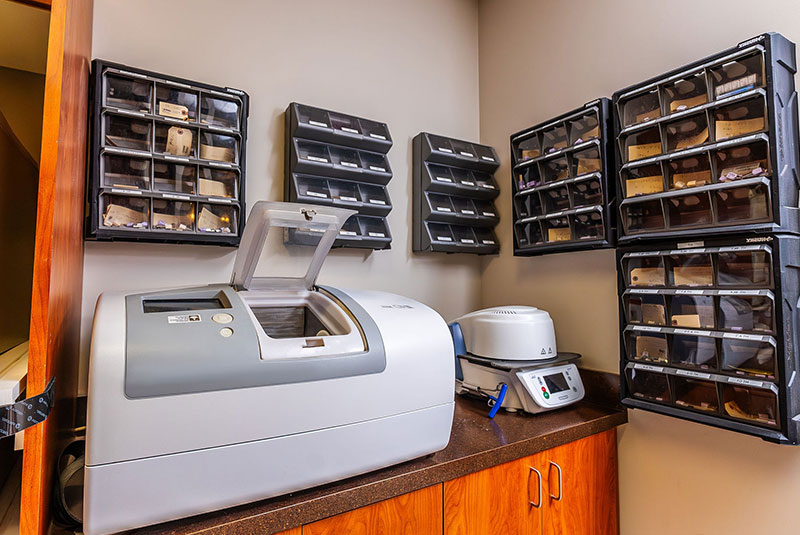
Living without teeth can have a detrimental impact on both your oral health and overall well-being. The absence of teeth in your mouth can lead to various issues that can significantly affect your daily life, including difficulties with chewing and even speech impediments. Coping with the loss of teeth can impede your everyday activities and make simple pleasures, like enjoying your favorite foods, a painful experience.
If you are currently dealing with missing teeth, seeking effective tooth replacement services is crucial to address the issue and restore your confidence. Doing so can improve your oral health and regain your self-assurance. At Champagne Smiles, we offer same-day crowns and dental bridges to help repair your smile in Morganville, NJ!

Tooth caps, also called crowns, cover a tooth completely that has been damaged or decayed to restore its functionality. Crowns can be crafted from various durable materials, including porcelain or metal. Utilizing these materials, a dental crown protects the tooth it is placed on, preventing any additional decay. Moreover, these crowns are beneficial in reinforcing teeth weakened due to periodontal disease. Tooth crowns are an excellent solution for individuals facing issues with decayed, damaged, or missing teeth.

Dental bridges are prosthetic devices designed to replace missing teeth, utilizing adjacent natural teeth or implants for support. Comprised of artificial teeth, or pontics, bridges seamlessly fill gaps, restoring both function and aesthetics. These custom-crafted solutions enhance the smile’s appearance and contribute to improved chewing ability and the overall preservation of oral health.

Affording tooth restoration doesn’t have to be overwhelming. Our competitive pricing for dental crowns and bridges in Morganville, NJ, reflects our commitment to your financial comfort. We collaborate with various third-party dental financing companies, ensuring flexible payment plans tailored to your budget. Prioritizing your oral health, we strive to make comprehensive care accessible to every patient, accommodating diverse needs, lifestyles, and budgets.

Address:
480 Route 79
Morganville, NJ 07751
Phone Number: (732) 972-0918
Monday: 8:00am – 4:00pm
Tuesday: 9:00am – 5:00pm
Wednesday: Closed
Thursday: 9:00am – 5:00pm
Friday: 8:00am – 4:00pm
Saturday: Closed
Sunday: Closed